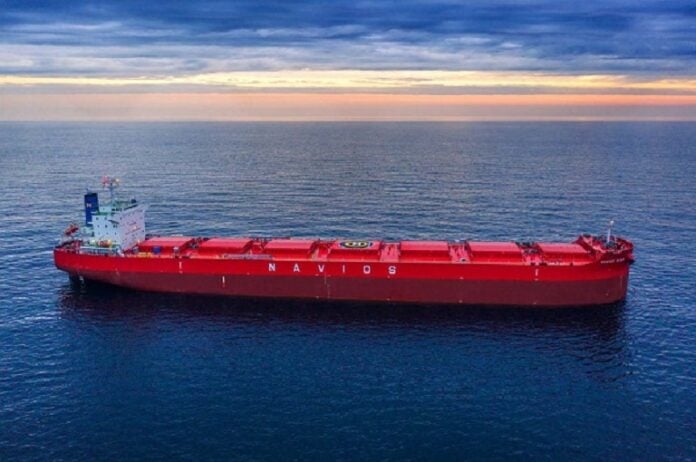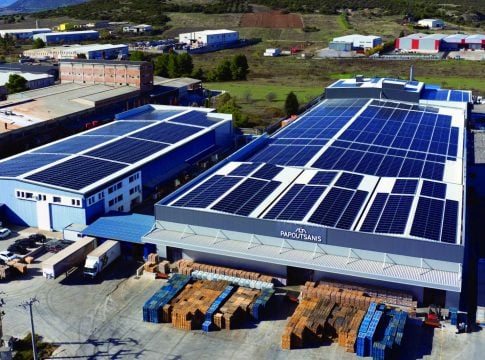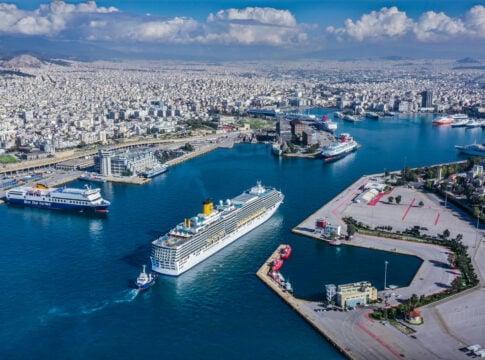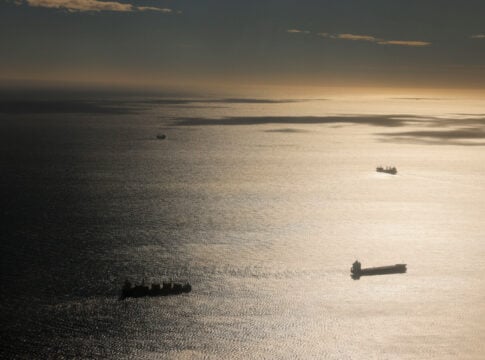Navios Maritime Partners has built very strong financial foundations, reporting revenue of 631 million dollars in the first half of 2025, contracted revenue of 3.7 billion dollars, and a diversified fleet of 173 ships valued at 6.1 billion.
The company’s shipbuilding program totals 1.4 billion dollars for four containerships and 18 tankers. Despite the fact that the market (tanker, bulker, containerships) is at lower levels, on average, compared to 2024, the value of the company’s assets per share reaches 132.8 dollars, up from 143.2 in 2024, 117.9 million in 2023, and 111.9 in 2022, according to Jefferies.
In addition, the company has liquidity of 450 million dollars, while in the first half of 2025 it placed an order for two scrubber fitted LR2s for 133 million dollars, and sold three ships with an average age of 16.5 years for 95.5 million dollars.
The NYSE-listed Navios has a fleet of 68 bulk carriers, 8.9 million dwt, 47 containerships 251,843 TEUs, and 58 tankers 6.8 million dwt. It is noted that the average age of the company’s ships is 11.6 years for bulk carriers, compared to 12.7 for the global fleet, 10.8 for containerships, compared to 14 for the global fleet, and 7.5 years for tankers, with the global average being 14 years.
International Challenges
Strong foundations allow the company to successfully respond to the major challenges facing the industry.
Challenges that include trade wars (tariffs), port fees announced by the US for Chinese ships, geopolitical tensions, but also the changes that all of this brings to trade patterns.
“I am pleased with the results of the second quarter of 2025, in which we announced revenues of 327.6 million dollars, EBITDA of 178.2 million dollars and net income of 69.9 million dollars. Earnings per common share amounted to 2.34 dollars for the quarter,” President and CEO Angeliki Fragou noted.
Referring to the conditions of the global economy, she emphasized that they have proven “remarkably resilient, given the uncertain macroeconomic environment. In addition, we are witnessing the creation and reshaping of longer-distance trade flows due to the war between Ukraine and Russia, the ongoing attacks in the Red Sea, and the new and evolving global tariff regime. As a result, the shipping market generally remains healthy.”
She also stressed that, according to her estimates, the fourth quarter of the year will be positive. However, she added: “We are always looking at opportunities, at the right time, to place ships on longer charters. Right now, for a year the daily charter is in excess of 50,000. We are monitoring the market and will take advantage of opportunities at the right time.”















